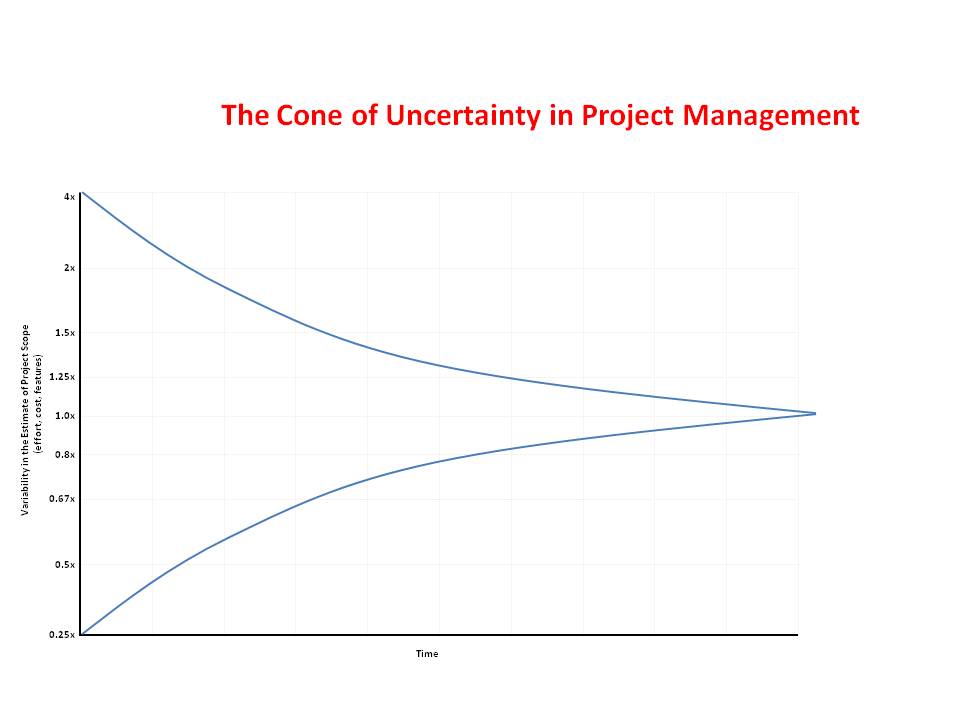The PSPO extra curriculum to prepare for the certification test.
Certification exams of Scrum.org are all based on the Scrum Guide (and the Scrum Glossary), however, candidates are expected to have a broader understanding of their profession. To pass the exam, Product Owners must be familiar with a couple of concepts, let’s call these collectively the ‘PSPO extra curriculum’. The Evidence-Based Management Guide details some of these areas, but not all of them. This article relies on a collection of publicly shared experiences of candidates who sat for a Professional Scrum Product Owner exam.
Even though there are 3 levels of this certification scheme, with 3 different difficulties, the PSPO extra-curriculum is more or less the same for all. The difference is in the complexity of the questions.
Tips:
- The Scrum: The Guide Explained helps to gain a better understanding of the Scrum Guide.
- The PSPO I Exam Simulation helps to assess the weak areas.
Let’s see what is not mentioned in any of the official documents!
The Product Owner Study Guide
Cone of Uncertainty

The Cone of Uncertainty shows the change of uncertainty over time. At the beginning of the development process, the uncertainty is huge. Due to the unknowns, estimations can be highly inaccurate in both positive and negative directions. As time and development progresses and more is known, uncertainty decreases.
There are multiple important lessons we can learn from this. The first is that whatever approach we have for estimations and product delivery, uncertainty and risk are always highest at the beginning of an endeavor. The second is that the further an event is in time, the more is unknown about it. That is why in Agile we only have detailed plans for the near future and high-level plans for the rest.
This leads us to one more lesson: it is not true that we should not have plans in Agile, but we should have plans only to the extent it makes sense. Spending time elaborating on features that we may not implement later at all is nothing but a waste. Our plans are guiding us only, our actions should consider facts.
Conflict Resolution and Behavior
Some exam questions are tough. However, even if we feel lost, it is usually straightforward to exclude the wrong answers. The key is that Scrum Values are in power. We can say the Product Owner should always be assertive, cooperative, and honest.
What to avoid?
- Never hurt or menace people (consider respect).
- Never accept intimidation (consider courage).
- Never be cunning, shrewd, manipulative, tricky, or secretive (consider openness and transparency).
- Never give or accept commands (consider self-organization).
How can we recognize the good answers?
- Try to base all decisions on facts (empiricism) and if there are no facts, choose the option to obtain information.
- Try to be always empathetic, and listen to the people (consider openness and focus).
- Try to consider all Scrum rules, especially the responsibilities and accountabilities – thus know what is on you and what is not.
Customer or User Satisfaction
The success of a product depends on user satisfaction. Whatever we think of our product (e.g. feature-rich, has frequent releases, etc.) is always secondary compared to what the users/customers think. We should always focus on the gap between user expectations and experience.
Product Vision
When defining a product, the Product Owner’s main accountability is the product goal or vision. That said, the Scrum Guide does not require the Product Owner to write user stories or any kind of specification (note that in Agile we capture ‘needs’ as opposed to specifying requirements). The Product Owner can even trust the Developers with creating, writing and eliciting Product Backlog items. This is more than just a theoretical possibility. For instance, even the Product Owner may need annual leave or sick leave, may facilitate multiple product development processes thus having little time to elaborate all, and so on. In such cases, the product vision guides the other team members in building increments. However, it is essential to validate the outcome with the Product Owner, as soon as it becomes possible.
Release Burndown Chart
In general, the burndown chart shows the amount of work remaining. In this case, until a release. (Meaning, a specific version of the product is given to the users/customers). Since the release consists of Product Backlog items the chart may only get updated at the end of every Sprint (unless a release happens before the end of the Sprint). Since the extent of remaining work is based on estimations, the burndown chart never indicates more than a forecast.
“Release Early and Often”
This statement is basically the credo of Agile. Small releases and the feedback gained from them guide product development and significantly reduce the risk attached.
Strategy
In each exam, there are several questions targeting strategy. These are based on the four Key Value Areas of Evidence Based Management:
- Unrealized value (UV): Suggests the potential future value that could be realized if the organization could perfectly meet the needs of all potential customers.
- Current Value (CV): Reveals the value that the product delivers to customers, today.
- Ability to Innovate (A2I): Expresses the ability of a product development organization to deliver new capabilities that might better meet customer needs.
- Time to Market (T2M): Expresses the organization’s ability to quickly deliver new capabilities, services, or products.
There are a couple of messages important to learn:
- Product on a saturated market with high Current Value and market share: ‘cash cow’, do not invest.
- Product on an expanding market with whatever market share and customer satisfaction: invest to exploit the growth of the market which means a growth of Unrealized Value.
- Product with low Unrealized Value and high customer satisfaction: marketize.
- Product with a long Time to Market, high Product Cost Ratio and low added value per iteration: innovate to cut time to market and improve customer satisfaction.
- Seek ways to measure & quantify, start experiments and collect feedback.
Exam questions may combine these and package them into lengthy scenarios.
Total Cost of Ownership
Includes all costs related to the development and maintenance of a product.

Thank you. A very thoughtful and useful page.